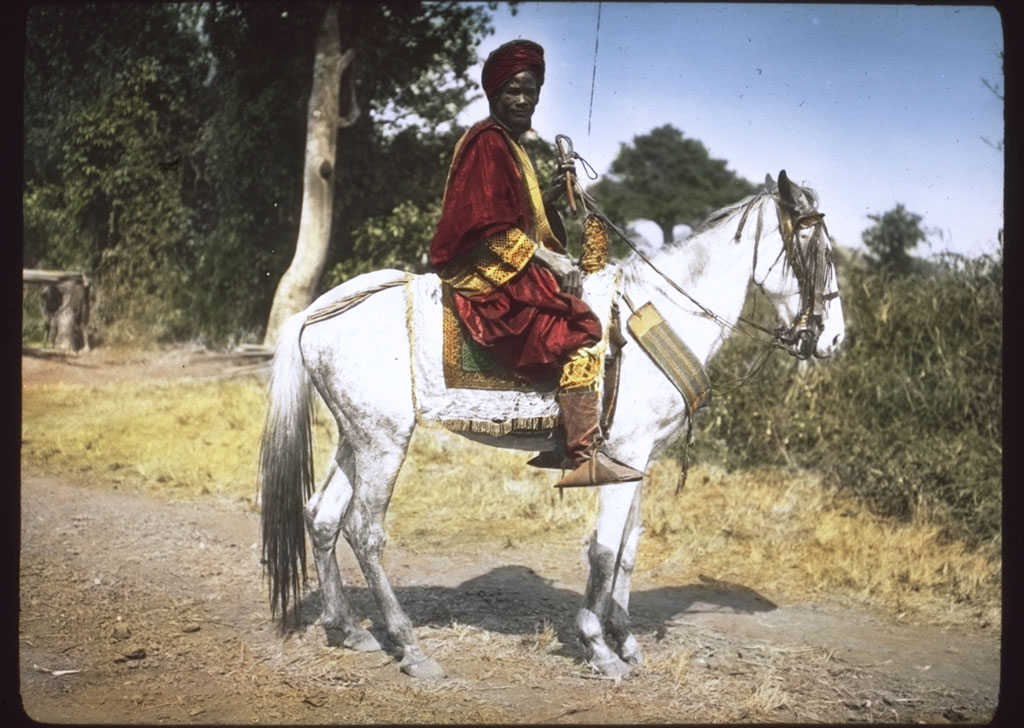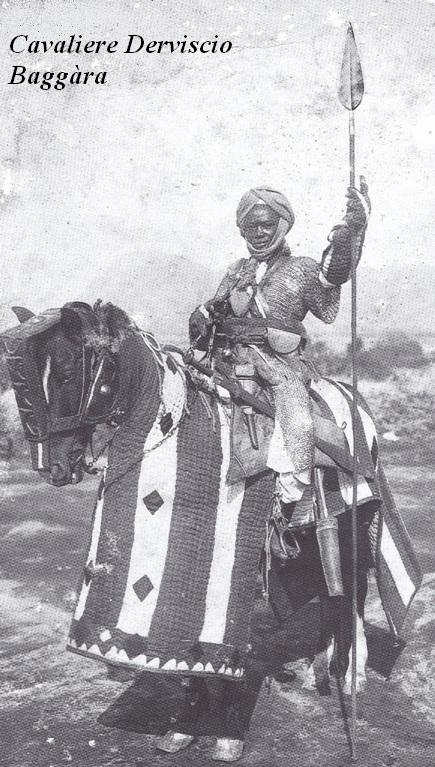
Of Horseflesh & Steel
October 9, 2023 African Arms
I have noted in the past the trade in blades within the Sahel, the great trade routes that bore them on their long journey over the desert sands, but I have written little about the other key element of warfare in these cultures. As much a part of the panoply of war as the spear and the sword.
The horse. This might sound a little anticlimactic but maintaining stables in the Sahel was no mean feat. The climate was not always well suited and the danger of the tsetse fly limited the range in which they could be used. But for the great kingdoms of Hausa land, Bornu, Kanem and Sudan the horse was the greatest mount one could achieve. Even today the emirs of Hausaland can be seen riding great white horses in Durbars, an integral part of their cultural history. Central stables were often maintained and horses were a prized sign of wealth and an integral part of war and the commerce of slaving.

The origins of the war horse in the Sahel lie with Kanem, who in turn have the Mamluks of Egypt to thank, as with so much of the Sahel cavalry model. The horses were the great Barb of the North African coast. Renowned for their stamina, the breed adapted well to the Sahel, although stocks needed to be refreshed due to the still harsh conditions.
The Sahel was a band of land the horse could function in, to the north the camel was supreme in the harsh desert, to the south the forests prohibited their spread. But in the Sahel they were a treasure.

Often they were fitted with the same quilted armor or Yan Lifida as the riders and often had a brass or metal head guard as well. Taking care of the royal stables for an emir was an official post of prestige and well respected.

While the art of mounting blades, forging spears and many other crafts of the past have faded breeding and displaying horses remains an integral part of society and culture in many areas of the Sahel to this day and gives a delightful window into the military history of these areas and the path these horse breeds took to reach the interior of Africa.